Hawaiʻi Volcanoes National Park, on the Big Island, showcases one of the most awe-inspiring landscapes on Earth. Established in 1916, it preserves two of the world’s most active volcanoes: Kīlauea and Mauna Loa. The park spans over 335,000 acres, from lush rainforests to barren lava fields that reach the sea.
Visitors can walk across hardened lava, see steaming vents, and sometimes witness glowing molten lava. For Native Hawaiians, this land holds deep cultural and spiritual significance as the home of Pele, goddess of fire. The park is both a UNESCO World Heritage Site and an International Biosphere Reserve. Travelers come from around the globe to experience its raw power, unique ecosystems, and rich cultural history. With so much to see, we dove in to explore the park’s trails, volcanic landscapes, and hidden wonders.
Regions
Hawaiʻi Volcanoes National Park can be divided into several distinct regions, each offering its own perspective on this ever-changing landscape.
- Kīlauea Summit (Crater Rim Drive): The most visited part of the park. Kīlauea Summit features the dramatic Kīlauea Caldera and Halemaʻumaʻu Crater. This area includes scenic overlooks, steaming vents, cultural sites, and the Kīlauea Visitor Center. When the volcano is active, visitors may see glowing lava from designated viewing areas.
- Chain of Craters Road: This scenic drive descends from the summit to the coast. It winds past craters, pit vents, and lava fields before ending at Hōlei Sea Arch. Visitors pass areas where lava flows covered roads and reshaped the landscape, offering a powerful view of volcanic activity.
- Mauna Loa: The largest volcano on Earth, covering half of the Big Island. Mauna Loa offers challenging hikes, including the summit trek at 13,681 feet. Remote and rugged, it is ideal for serious adventurers seeking solitude and panoramic views.
- Kahuku Unit: Located on the southwest flank of Mauna Loa. This newer section offers family-friendly trails through pastures, old ranch lands, and lava landscapes. Less crowded than the main park, it is equally rich in history and scenery.
- Coastal Area: At the end of Chain of Craters Road, the coastline shows dramatic views where lava once met the ocean. Hardened black rock and collapsed sea cliffs reveal how new land forms over time.
The Same
Both the DINKs and the Family visited the popular areas of Hawaiʻi Volcanoes National Park, with a focus on Kīlauea Summit and Chain of Craters Road. These regions are the most accessible and showcase the park’s most dramatic features. The park is very vast and you could easily spend an entire week exploring
Kīlauea Summit (Crater Rim Drive)
Crater Rim Drive is the centerpiece of Hawaiʻi Volcanoes National Park, circling much of the Kīlauea Caldera and offering some of the park’s most dramatic and accessible sights. This scenic route combines geology, culture, and history, with overlooks, short trails, and cultural sites that highlight the dynamic forces shaping the island. Driving the loop provides a perfect introduction to the park, allowing visitors to experience steaming vents, massive craters, and sacred landscapes all within a few miles.
- Kīlauea Visitor Center: The best starting point for maps, ranger advice, exhibits, and eruption updates. It features exhibits on geology, ecosystems, and cultural significance. Ranger talks, maps, and volcanic updates are available. We also got our National Parks passport books stamped here.
- Thomas A. Jaggar Museum and Hawaiian Volcano Observatory (Destroyed): Located on Uēkahuna Bluff, the site offered panoramic views of Kīlauea Caldera and Halemaʻumaʻu Crater. It was a prime spot to observe volcanic activity. The museum and observatory sustained major damage during the 2018 eruption. The museum was permanently closed and demolished in 2024. Observatory operations moved to Hilo. Today, Uēkahuna Overlook remains open, offering a safe vantage point to view the caldera and Halemaʻumaʻu Crater.
- Steaming Bluff & Steam Vents: Along Crater Rim Drive, open grasslands reveal steam rising directly from underground fissures. The heat beneath the surface is visible.
- Sulphur Banks (Ha‘akulamanu): A short trail past colorful mineral deposits and hissing fumaroles. Visitors can observe the geothermal activity up close.
- Kīlauea Overlook: Offers sweeping views of the vast caldera and Halemaʻumaʻu Crater. Active lava flows glow at night. Even when dormant, the overlook provides expansive views of caldera, steam vents, and the otherworldly landscape. During the DINKs’ visit, the crater had a steady lava flow, visible as we all oohed and awwed.
- Halemaʻumaʻu Crater: Considered the sacred home of Pele. This massive crater lies at the heart of Kīlauea’s summit.
- Nāhuku (Thurston Lava Tube): A walkable tunnel formed by flowing lava hundreds of years ago. We ventured through the dimly lit tube, feeling like explorers of Earth’s hidden pathways.
- Devastation Trail: A short paved walk through the stark landscape left by the 1959 eruption of Kīlauea Iki.
- Kīlauea Iki Overlook: Offers views into the crater where lava fountains once reached 1,900 feet high. Trailheads for hikes start here.
Night Lava Viewing:
Nighttime at Hawaiʻi Volcanoes National Park: Experiencing the park at night is magical and otherworldly. We didn’t enter the park after dark ourselves. Instead, we watched molten lava meet the ocean during a Big Island cruise.
From a safe distance, fiery red-orange streams illuminated the night. The glowing lava contrasted sharply with the dark ocean and sky. Seeing lava flow into the sea showed Kīlauea’s raw power. It provided a rare glimpse of forces shaping the island. Even from afar, the glowing lava at night was unforgettable. The sight left a lasting impression of the volcano’s energy and beauty. The next day, we explored the park firsthand, walking trails, visiting overlooks, and seeing the summit’s dramatic landscapes up close.
The Family
While we first visited on a cruise and did a day tour similar to the DINKs, we returned with our kids. This time, we spent several days on the island and explored more of Hawaiʻi Volcanoes National Park.
Chain of Craters Road
Stretching nearly 19 miles from Crater Rim Drive down to the Pacific Ocean, Chain of Craters Road takes you through one of the most dramatic volcanic landscapes in Hawaiʻi. Along the drive, visitors encounter pit craters, lava fields, and cultural sites that reveal the island’s powerful geologic history. The road showcases the impact of eruptions from the past century, with flows that buried forests, reshaped the land, and even reclaimed parts of the highway itself. Today, it remains one of the park’s most scenic drives, blending stark volcanic beauty with sweeping ocean views.
- Lua Manu Crater & July 1974 Flow – Meaning “bird crater,” this pit crater filled with lava during the 1974 eruption, leaving a stark, barren floor surrounded by forest.
- Puhimau Crater – A dramatic chasm with steep walls and a forested rim, representing the pit crater phenomenon common along this road.
- Pauahi Crater – A large pit crater that has hosted multiple eruptions in recent decades, showcasing the scale of Kīlauea’s activity.
- Maunaulu – A shield volcano formed during the 1969–1974 eruption; a short hike to Puʻuhuluhulu cinder cone offers panoramic views of the lava shield and surrounding flows.
- Mau Loa o Maunaulu – A pullout where you can take in the sweeping lava fields from the 1969–1974 eruptions, stretching dramatically across the landscape.
- Muliwai a Pele – A viewing platform overlooking the remnants of a massive lava channel that once carried a river of molten rock.
- Kealakomo Overlook – A breathtaking stop with panoramic views across vast lava plains to the Pacific Ocean.
- Alanui Kahiko – See the remnants of the old Chain of Craters Road, partially buried by a 1972 lava flow.
- Puʻuloa Petroglyphs – The largest petroglyph field in Hawaiʻi, this sacred site features thousands of ancient carvings etched into the lava rock.
- Hōlei Sea Arch – At the road’s end, admire this dramatic lava-formed arch stretching into the ocean, a reminder of the island’s ever-changing coastline.
Summary
In exploring Hawaiʻi Volcanoes National Park, both the DINKs and the Family experienced the park’s most iconic sights, including Kīlauea Summit, Halemaʻumaʻu Crater, Chain of Craters Road, and Thurston Lava Tube. The Family gravitated toward educational and kid-friendly programs, such as the Junior Ranger Program and ranger talks, while keeping hikes manageable. The DINKs, on the other hand, had the freedom to chase adventure and solitude, with experiences like lava viewing at night, partial hikes on Mauna Loa, and exploring the quieter Kahuku Unit.
Despite these different approaches, both perspectives highlight the park’s extraordinary landscapes and cultural significance. Hawaiʻi Volcanoes is more than just a national park—it’s a living testament to the forces that shape our planet, a sacred place for Native Hawaiians, and a destination that leaves every visitor with a sense of awe. Whether you’re traveling as a couple seeking adventure or as a family eager to inspire curiosity, Hawaiʻi Volcanoes National Park offers an unforgettable journey into the heart of creation itself.
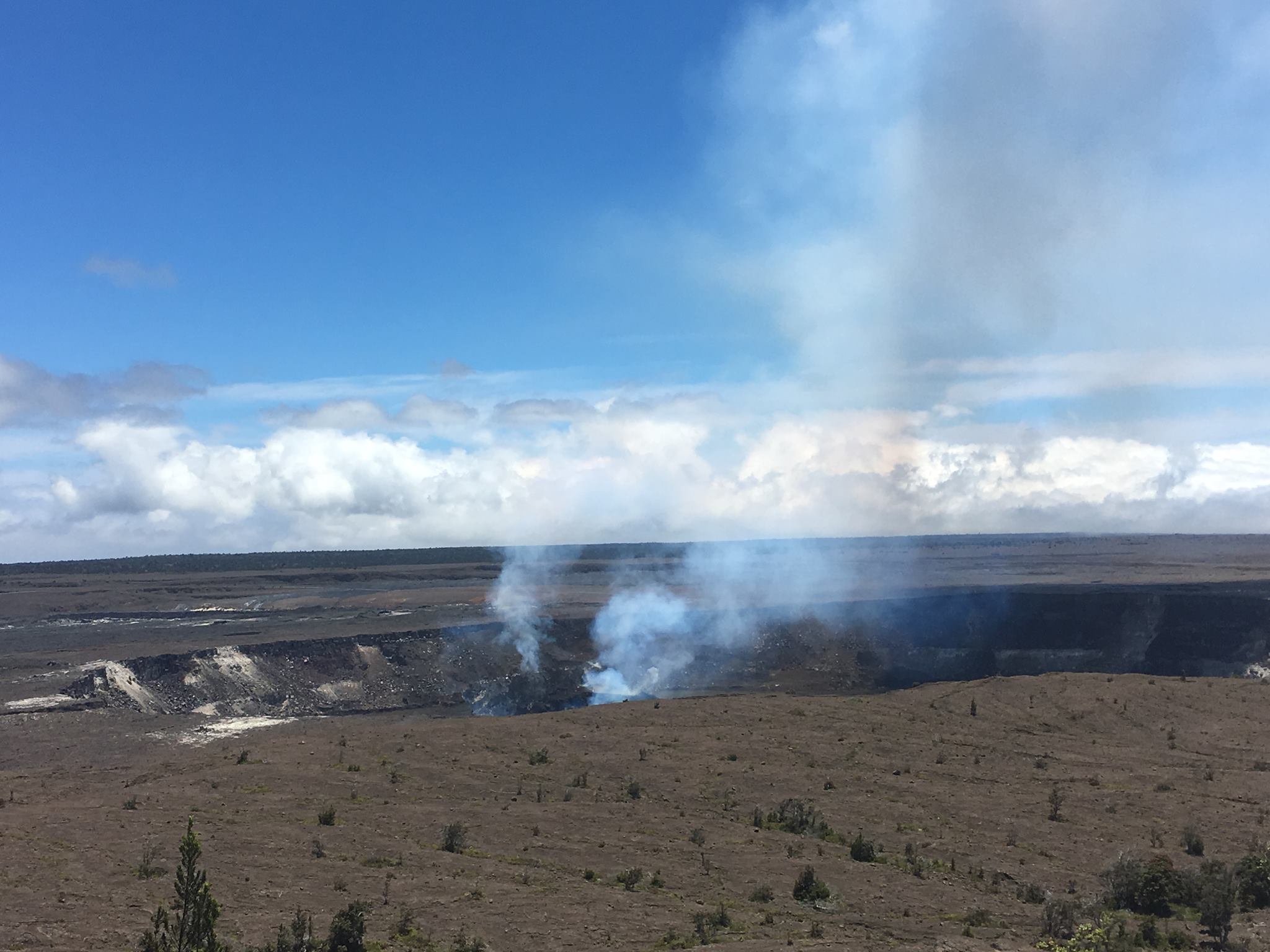

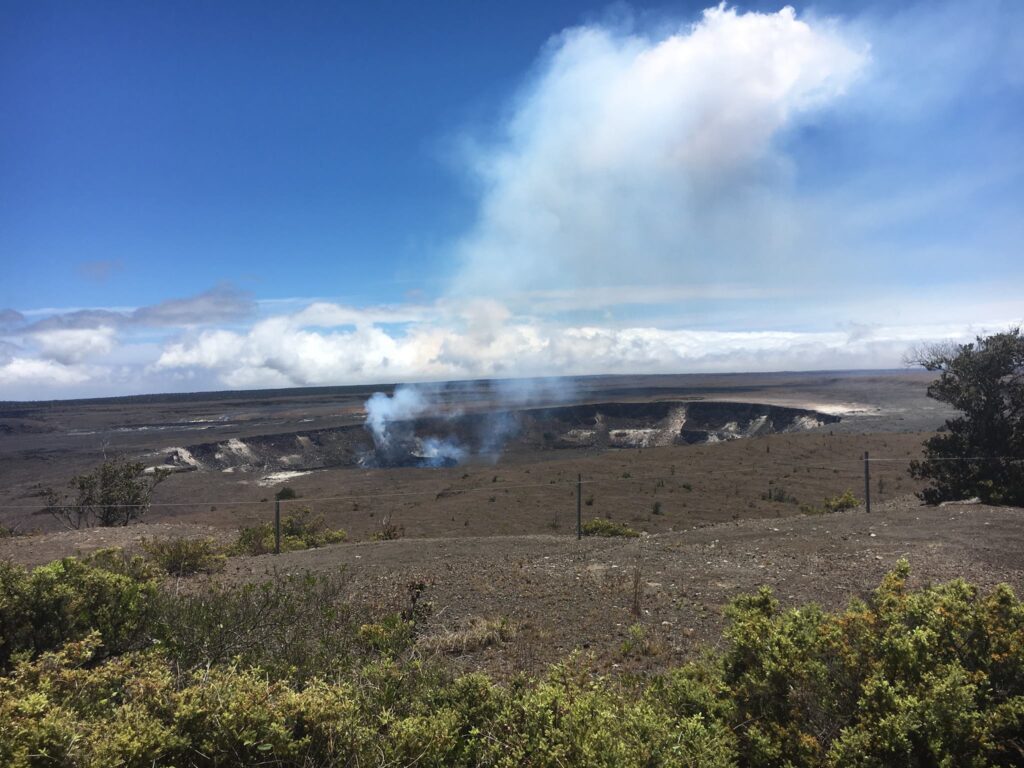
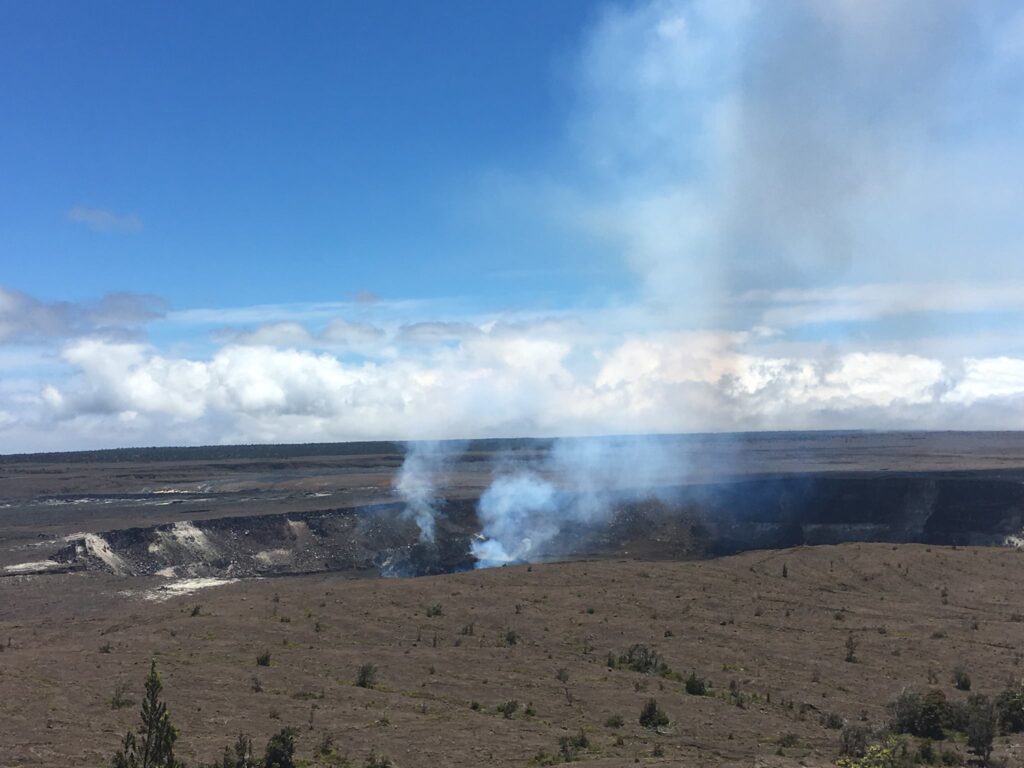
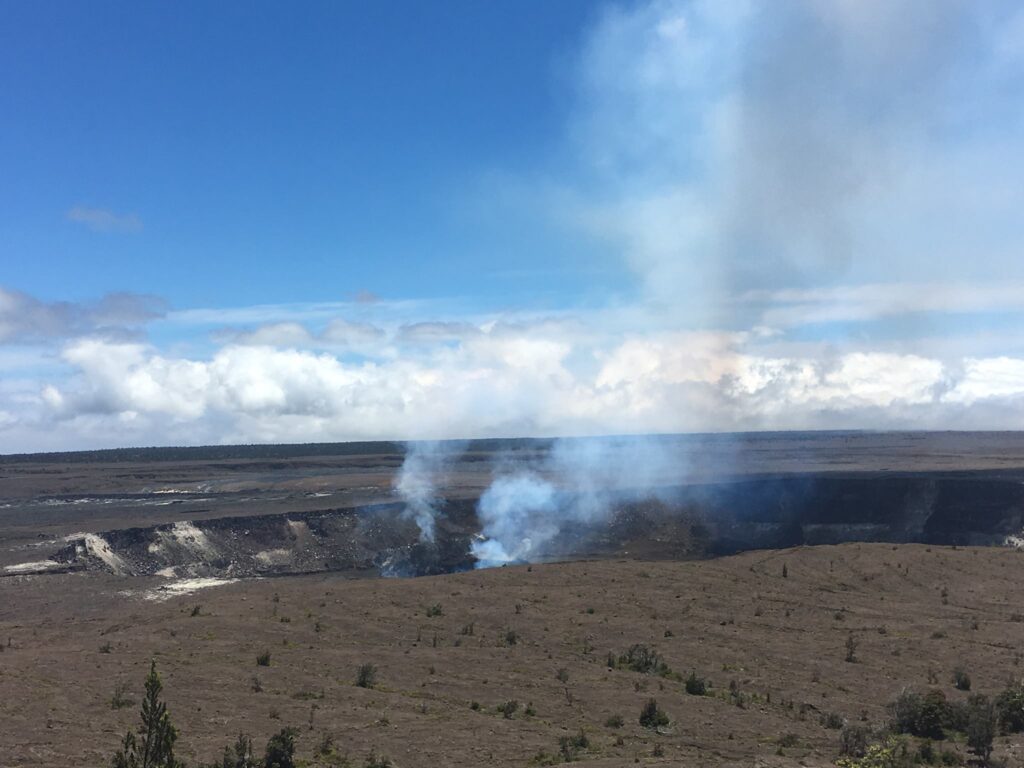
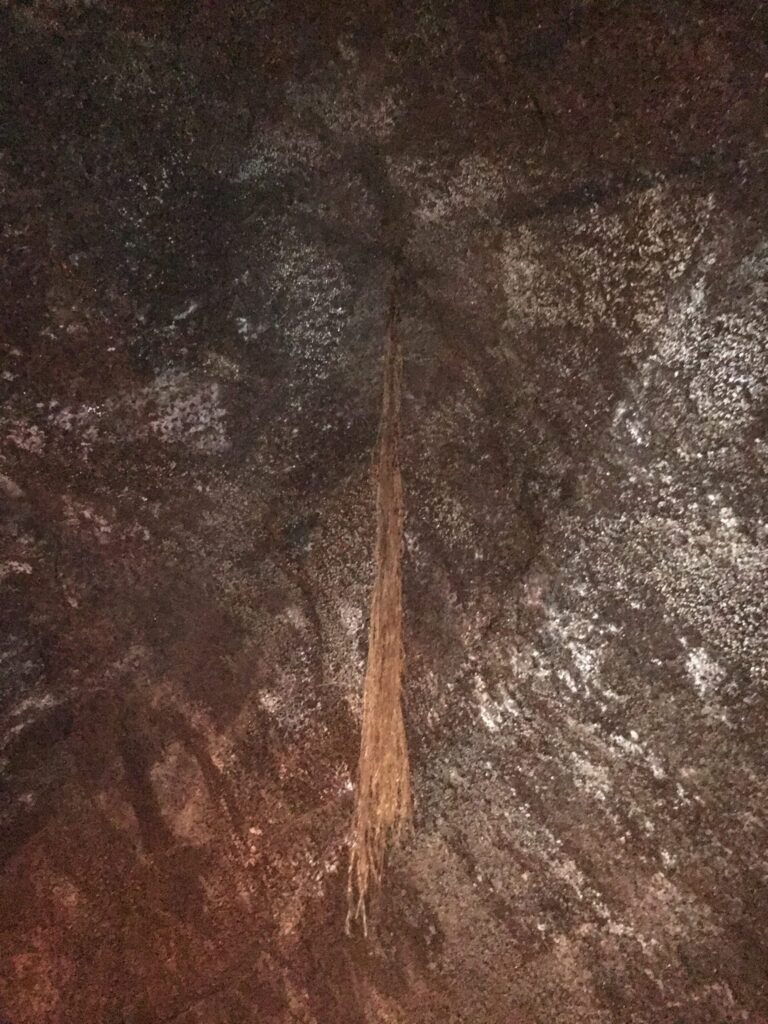
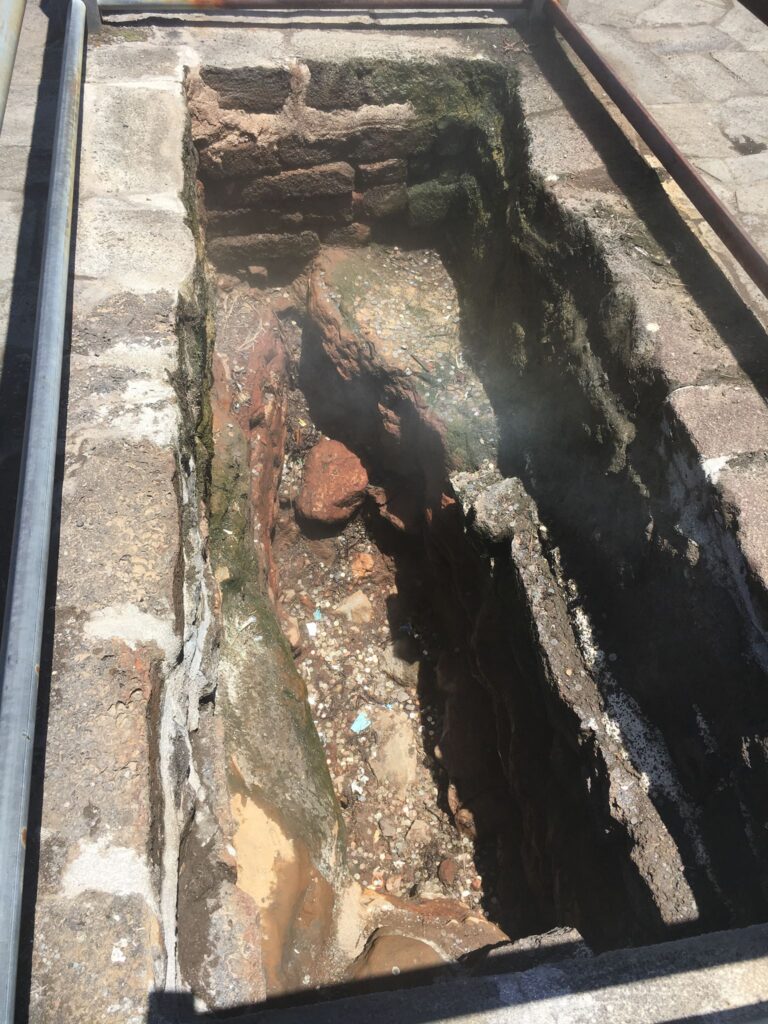


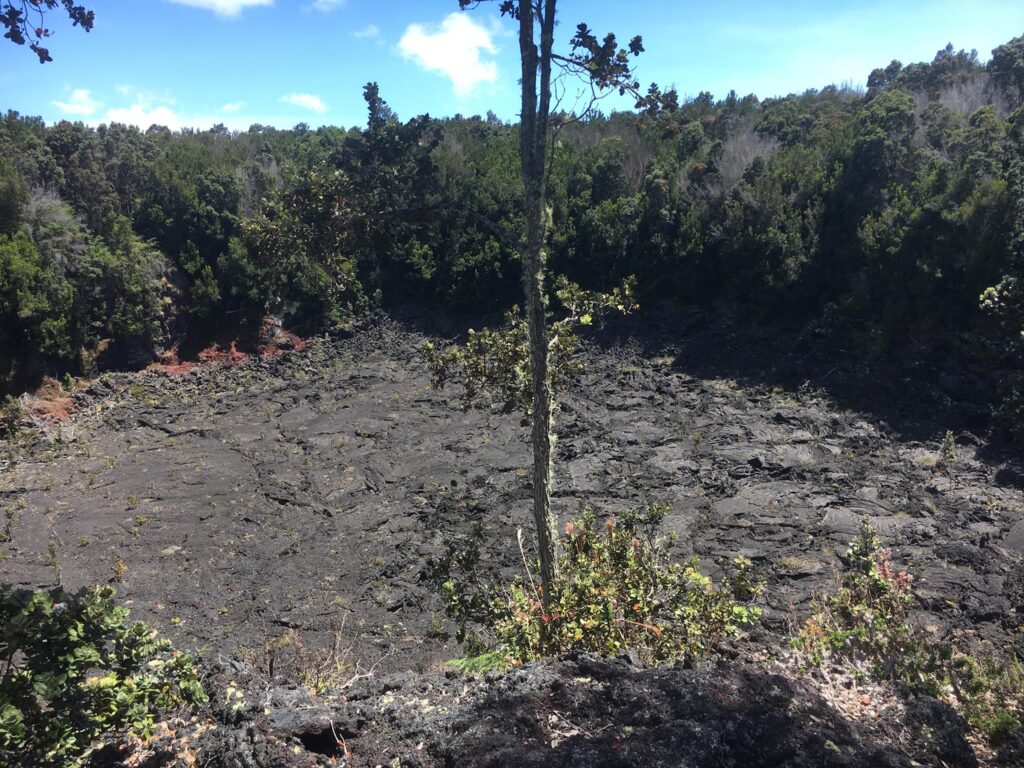
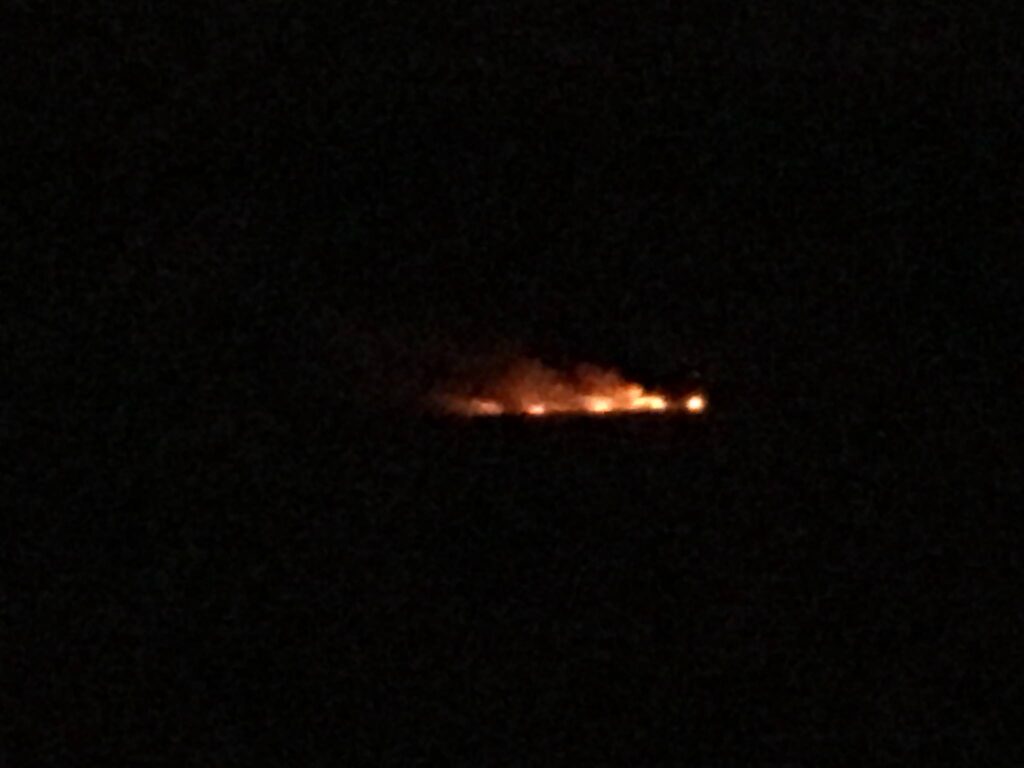

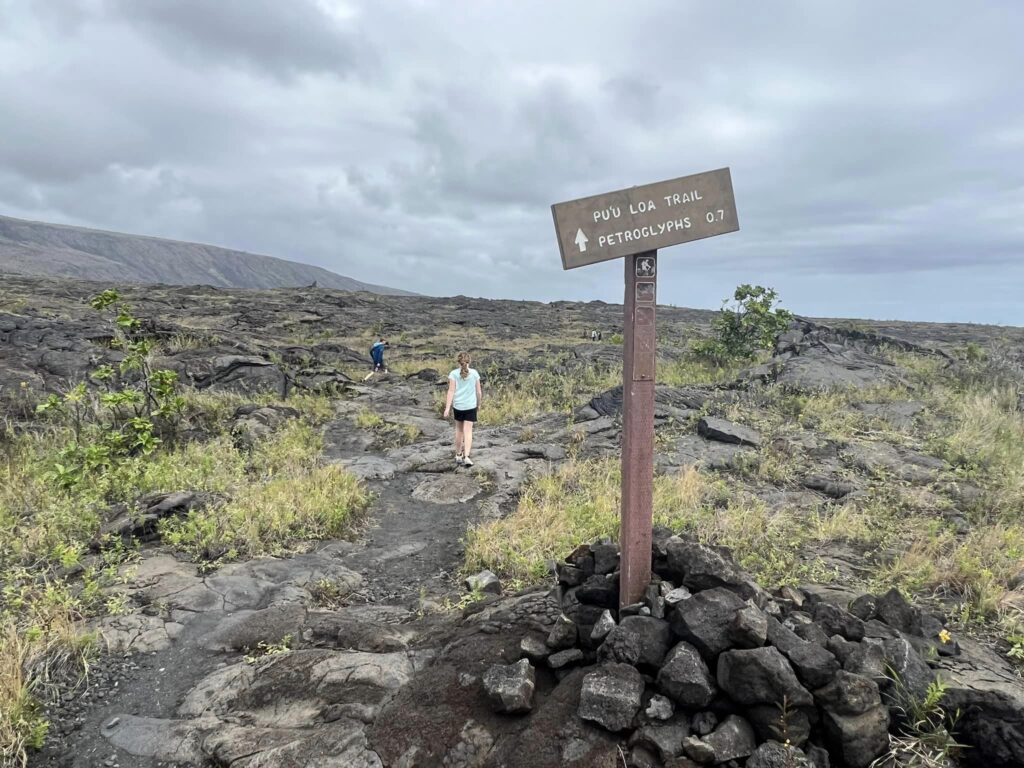
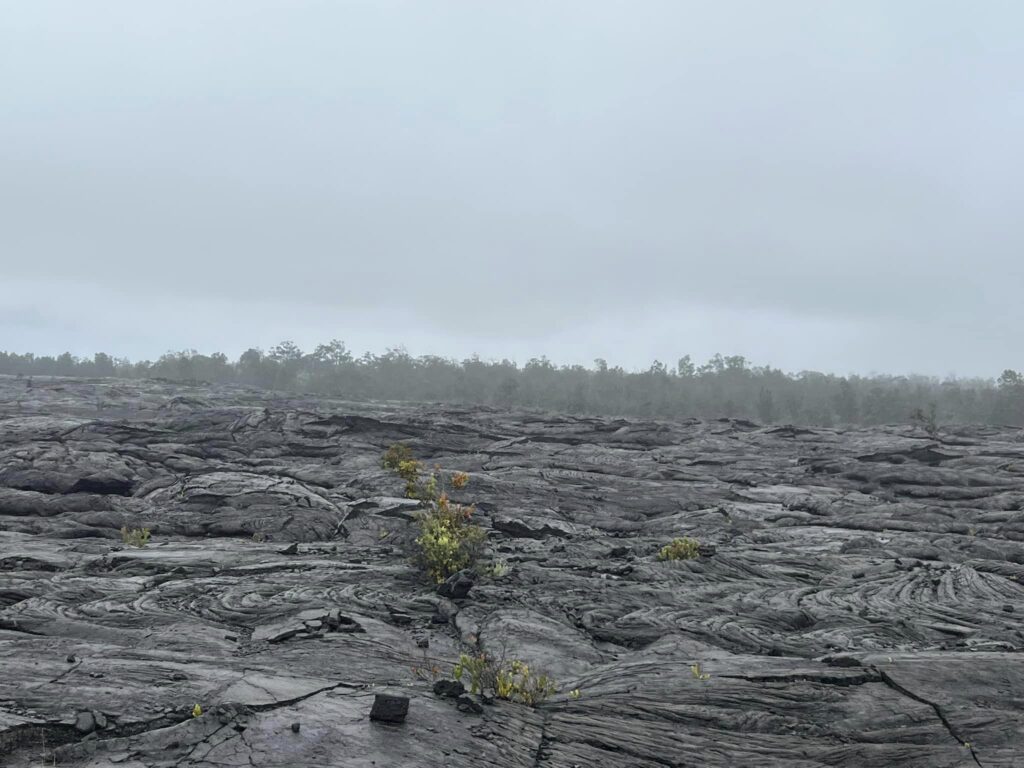


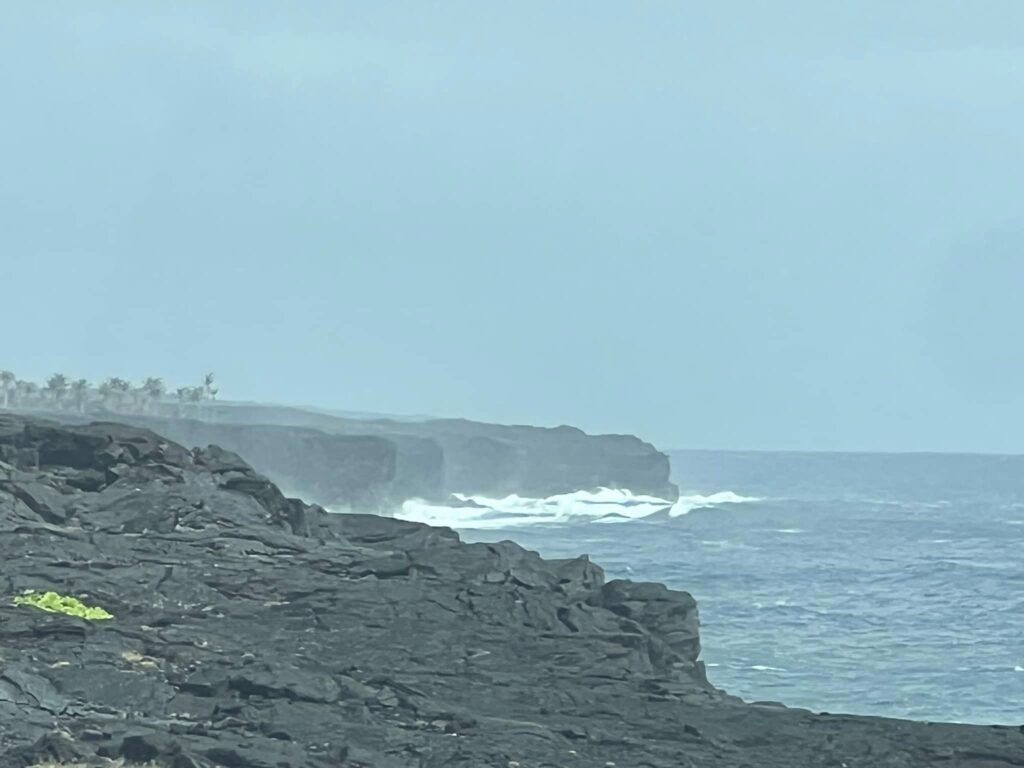



Leave a Reply